Leaderboard
Popular Content
Showing content with the highest reputation on 03/15/2018 in all areas
-
Started to collect more pieces of the panel. Found some smoking great deals and for less then the cost of a 430 I got both a PMA8000B and A GNS530W. Plus an I-pad 3, Sensorcon inspector, along with LED dimmable red pods. @gsxrpilot thanks for the advice I'll continue to collect and get it all ready for the install.5 points
-
4 points
-
Here are the ones I started making. Harbor Freight bottle jack. The color scheme suggests a December annual would be best. We were shooting the green epoxy paint for a job one day and I just added these to the que. The bottle jack is floating in the assembly, it can be easily replaced down the road. I still need to machine an end to accept the jack pad. I’m going to make a split collar the fits around the piston rod. It will not clamp on the rod, it will be long enough to transfer the load from the jack point to the body of the jack. That way I won’t have to worry about a leek down or lock collar failure. Cheers,4 points
-
4 points
-
I'm based in the Portland, OR area as well. Your story reminds me of the "IFR catch-22" prior to buying my Bravo (FIKI & turbo), IE: you need an instrument rating to fly in clouds, but anytime there are clouds, icing is almost guaranteed. Prior to my Bravo (in a Grumman Tiger) my MO was to only fly in IMC above the freezing level and this is, as you know, virtually impossible during winter in the Pacific NW when the MEAs are well into the freezing levels. As such, I wouldn't fly instruments and would quickly lose my currency and proficiency. With the Bravo, I'm primarily interested in determining where the tops are (Cloud Forecast in ForeFlight) so I can get on top, then I only have to deal with ice on climb out and descent. BTW: My experience with the Cloud Forecast is it typically understates the thickness of a layer. In the Pacific NW, FIKI TKS and a turbo has increased the utility value of my flying 10X. I can fly on all but the worst weather days. I simply wouldn't consider an airplane without both in the future.4 points
-
4 points
-
3 points
-
From Trek Lawler on the Beechtalk forum: Hello everyone, I'm sorry this keeps popping up like this, but I can assure you there is no truth to the comment "soon to be unsupported". When and if this day ever comes Garmin will be the first to provide detailed information about this. I keep in very close discussions with our equipment and details like this since it is me and my team who answers these questions on a daily basis and I can assure you the GNS support is still as strong as ever. please contact me directly either by PM, email to my attention at avionics@garmin.com or by phone at 888-606-5482 and ask for me and I'll be happy to help answer or squelch any rumors like this. _________________ Trek A. Lawler Supervisor, Garmin Aviation Field Service Engineering Aviation Product Support3 points
-
Pretty cool. The second Ovation off the production line and all spiffed up. Of course I’m biased, but I think with the sculpted lines and tight inlets in the cowling the Ovation is the prettiest of all the M20s. The nose high attitude of the long body really makes it look like it’s ready to leap into the sky!3 points
-
Oh, believe me I will fly whenever I can. But for dealer meetings and other mandatory commitments, I will not hesitate buying a round trip Airline ticket last minute rather than put myself in an ugly situation. Admittedly, a turbo, flight level capability at over 200 knots, and TKS lessen the frequency I need to buy an airline ticket, but it still happens occasionally. To be clear, I think the OP did a good job and will likely plan differently or upgrade to a ride more capable of the weather and terrain he must fly in. That’s why I bought the Rocket to replace my F model. I didn’t hurt that my wife was pushing harder for the upgrade than I was. Tom3 points
-
You made the right choice. I have a FIKI Ovation and made a very similar decision. Flew through that same system southbound (your tailwind was my headwind). That system moved in sooner than forecast and there were multiple layers with the perfect setup for ice. I ended up diverting to Oakland when things started getting worse and have never been happier to see the East Bay. Folks at Signature were great and ended up driving the rest of the way. Even with FIKI, in a single engine piston ice needs to be respected.3 points
-
Thankfully I never found ice in WV or OH. Now I'm much more concerned about CBs . . . . My rule is still: good weather, go VFR; bad weather, go IFR; really bad weather, go CAR.3 points
-
3 points
-
Lots of questions about aviation paint. As a paint shop owner (SureFlight at KMQS), I thought I would chime in and answer some of the questions. The aviation market is miniscule compared to the automotive market. There will always be more innovation in the automotive market to due its size and volume. Automotive paint is easier to use. It lays out flatter with less defects. Its easier to make a nice-looking finish. xcrmckenna is correct, a less experienced painter can make automotive paint look good. Aircraft paint is more finicky and more opt to have defects such as sags, runs, dry spots, reactions, orange peel, etc. It is more difficult to apply. With rare exception, you can’t just take an automotive painter and have him paint an aircraft with aviation paint and have it turn out well. You really want to check to see if they put automotive paint on your aircraft. If you go to their website and read their processes, step 12 regarding paint they use Jet Glo or Acry Glo which is Sherwin Williams Aviation Paint. They might have had you look at automotive colors to get a better sampling than Sherwin Williams samples. You can match aviation paint colors to automotive colors. We have a mixing room with all of the tints, metallics, pearlescent, etc. We have a special camera that takes a picture of the paint finish and produces a formula to mix any color we want in aviation paint. You don’t want car paint on your aircraft. See why below… The FAA does regulate paint shops. We are an FAA Part 145 Repair Station paint shop. The FAA audits us at least annually to make sure we are following regulations. They pull a sample of our paint work orders to make sure we are following aircraft maintenance manuals. Some manuals not only specify paint process, but also which paint has to be used. Cirrus aircraft for example specifies a specific Axalta (used to be DuPont) paint. Older Cirrus specified PPG. They are also checking what kind of paint we are using. See why below… Aircraft paint is more expensive. Its boutique compared to automotive paint. Aviation paint is specifically formulated for the aviation environment. Some of this is not as important on a single engine piston like we are flying, but aviation paint has to withstand 400-500 knot jet aircraft airspeeds in weather without it coming off. It is formulated so that aviation fuels do not stain the finish. It is resistant to hydraulic fluids like Skydrol that is used in some helicopters and jets. Skydrol would strip automotive paint right off the aircraft. Every can of aviation paint is also labeled with an expiration date and batch numbers for FAA traceability. Just like anything that is permanently installed or applied to a certified aircraft, you can’t just install whatever you want. You can’t go to Home Depot and buy a bunch of nuts, bolts, and screws and use them in your aircraft. You can’t go to Radio Shack and buy a bunch of wires and wire up some avionics. If something materially fails with a paint that causes a problem, the FAA wants to be able to trace the paint back to its date, and batch. It can use this information to see if any other aircraft may be affected and determine failure root causes. So yes, there is a downside to using car paint on an aircraft. Automotive paints are superior in their ease of use and ability to make look good, but they are not formulated for the aviation environment, and they lack any traceability. Frankly, I don’t know how someone can do a proper logbook sign off using car paint. The FAA specifically looks at this when they audit us. They also go through our paint cabinets. If there is any expired paint or paint without traceability labels, we get a write-up. This is exactly how paint is applied. We have a paint booth/hangar, we apply the paint, and then bake it on. A paint booth moves the air while you are spraying so that you don’t have overspray settling on your paint job. It also heats the air so that you are spraying in a warm temperature. After it is sprayed, it is baked for proper curing. Our booth can heat the air to 170 degrees F and it exchanges the entire volume of air in the entire hangar every 48 seconds. If you don’t have a paint booth and are painting in a regular hangar, you have much more chance of dirt and debris getting in your paint, overspray, etc. because there is not as clean of an environment and doesn’t have sufficient air movement. If you are not baking the paint, some painters will kick the accelerant to make it dry faster which can kill the gloss of the paint. Or you can just wait a couple days for the paint to dry. Which also extends the amount of time dirt or debris can settle into the paint. Actually, car paint would be thinner and lighter. It's water based.2 points
-
OK.. We are up to 22 Mooneys signed up. I am arranging for a great fuel discount on that day by our FBO, ACI JET. Looking good for our first West Coast Mooney Club Fl-In!2 points
-
With regard to temps, I'll offer a little of what our Savvy data has shown me since I see quite a bit Mooney data. Their are lots of exceptions for what I'll offer but generally speaking the carbureted Mooney's tend to run with higher CHTs on the left side; especially in climb. This is not due entirely to airflow but a combination of airflow and mixture distribution. Mixture distribution is pretty abysmal in these engines at full power in that the rear cylinders are not getting their fair share of fuel compared to the front. if you're also unfortunate enough to have a lower than average max FF (~16.5 GPH) then you'll likely have some hot CHTs in climb at no fault of your own. Those with higher FF have it much easier in climb. But I have yet to see one where mixture distribution doesn't evens out very nicely once power is reduced to cruise power levels and then temps run very nicely as long as baffling seals are in good shape. Some of you will discover some of tricks to improving mixture with ever so slightly a change in throttle to alter the turbulence but without significantly reducing MAP (unless you are intending to reduce power). This technique helps in cruise as well to improve mixture distribution, as does partial carb heat, but the latter is best done with a carb temp probe so that you can target a specific temperature. Those of you that are Savvy clients can also run our Report card on your plane and see how many of your performance parameters compare to the rest of your Mooney cohort. This includes parameters like highest inflight and cruise CHT, max FF, percent cruise power and many more. Its doesn't give actual cruise FF that stated this thread, but it does give cruise % power as well as other related parameters. The only drawback to these reports is that we didn't have enough A/B/C/D/E/G's to separate the carbureted O-360's from your E's IO-360's and they are all in the same cohort (F's are grouped with the J's). But as more of you folks add engine analyzers and upload data this will improve over time. Here is a link to more info on Savvy report cards if interested: https://www.savvyaviation.com/ufaqs/report-card-and-trend-analysis/2 points
-
What I heard was the part numbers are the same between the certified and the uncertified. So the main difference is the STC. I would wonder what would happen if plane showed up at the certified install center with a fair amount of Dynon wiring in place since that is most of the cost. Might need to get a copy of the STC and take a read. Need to check on my friend with the twin that was taken to the experimental catagory for a bit.2 points
-
2 points
-
The Avidyne crappy marketing caught my eye earlier today... Announcing the soon to be unsupported equipment of the competitor..... That is a marketing 101 no-no... It turns into a bad reflection on the author, the moment two potential customers get together to discuss what they are buying. Or in this case a few dozen MSers or so, maybe 1,000 on lookers... In grammar school, that is simply called a lie... Garmin hasn’t shown a consistent plan for what gets killed off or sunsetted and what stays on forever.... Did Avidyne get a new batch of marketing people lately? Didn’t Chase change hangars? (Or am I starting a rumor, marketing 102 challenge) Best regards, -a-2 points
-
No more pies for me, I've gained 8 gallons of extra AvGas in the last year, life is good when you are lean, which is why I run LOP. I was contemplating the use of Pi in my Mooney today--the engine mounts are round, the washers, the spacers, the bolts, it just goes on and on, like my replacement of them.2 points
-
Just my opinion here and as @carusoam says, just a private pilot. I don't consider the 830 as providing any redundancy. If my RPM or MP, I can still easily get the plane back on the ground. But I can't take off again as the plane isn't airworthy without them. And the 830's don't count as they're not primary. So the redundancy is really not worth much. And as you can see by looking at my panel, I'm not a fan of cluttering up the panel. The one thing I like on the 830 is the HP readout. But the more you fly, the less you need that as you get to know the combination of MP/RPM that make a certain HP. It also takes up too much room. If I was going to stretch from the G2 up to the 830, I'd just stretch a bit further and get the 900 which is primary for everything and then you're done. For me the 830 was just not enough to pay the premium over the G2. And if I was at all concerned about the health of my engine gauges, I'd stretch to get the 900 which can actually replace them. I installed the G2 in my M20C. I've installed the EDM900 in my M20K. To this day, I believe both were the right decisions.2 points
-
2 points
-
This is exactly why I bought my FIKI Encore last year. On a simple trip from KLWS to KTRK last summer I came across some unexpected weather enroute. Right around freezing at 14,500. In my J I could have done it. But I would have been low over the peaks. With the encore just turn on the system and continue as normal.2 points
-
2 points
-
STC issued for the 172. (Also noted earlier in the autopilot thread.) I received this email from Dynon a couple of hours ago: DYNON CERTIFIED UPDATE SkyView HDX is now STC Approved! We're excited to share that we've just received our first Supplemental Type Certificate (STC) for our flagship SkyView HDX system. The STC’s Approved Model List (AML), which initially covers many Cessna 172 models, ushers in a new era of truly affordable, safety-enhancing integrated avionics systems for type certificated aircraft. The initial STC is for the installation of a full suite of Dynon avionics, allowing pilots to remove the vast majority of their legacy instrumentation, including their vacuum pump. The SkyView HDX system provides complete primary flight instrumentation, including synthetic vision and angle of attack, and complete engine monitoring with CHTs, EGTs, fuel flow, fuel computer, and lean assist. Also approved is Dynon’s fully-integrated two axis autopilot, which features IFR approach capability when SkyView is integrated with a compatible navigator. The approved installation also includes a Mode S Transponder with 2020-compliant ADS-B Out, Navigation and Mapping with Flight Planning ADS-B Traffic and Weather display, and Electronic Flight Bag features. Backup primary flight instruments are provided by a Dynon EFIS-D10A. Approved Model List The initial Approved Model List (AML) covers Cessna 172F, 172G, 172H, 172I, 172K, 172L, 172M, 172N, 172P, 172Q, 172R, and 172S models. Approval does not restrict the operational use of the aircraft, and allows for flight in both IFR and VFR. Dynon will be seeking additional approvals for both single and twin-engine aircraft in the coming months. Pricing and Availability Pricing for the certified/PMA versions of approved Dynon products will be the same as existing experimental/light sport products. The STC for Cessna 172 aircraft is priced at $2,000. The first installations will be available in the coming weeks via US Sport Aircraft + Thrust Flight in Texas, Merrill Field Instruments in Alaska, and a Dynon-affiliated facility in the Pacific Northwest. Additional Information For more information about Dynon Certified and our SkyView HDX system, visit our website at www.dynon.aero/certified.2 points
-
Smart, that’s all I can say. You saw the box coming and avoided it. About a year and a half ago I was flying from AR back to MN, deviating somewhat to the west because of a large front with Tstorms that was to the east and moving further east, so I was behind it. When I got up to Minnesota there was some cloud cover below me emanating from the front. As I flew further, I initially just went up in altitude. I have a 231 so I got up to FL200, but the clouds ahead were still rising and they were thick. The problem, as probably everyone will recognize, is that the tops are where alot of the moisture is. All it takes is a little dip for a few minutes into one of those things and you can get slammed. So when it appeared I needed to go up further, and given that the service ceiling is 24k, I instead told ATC I was going to make a 90 degree deviation, which turned into a 120, which took me in fairly clear weather to Des Moines, where I decided to land, refuel and rethink. From Des Moines the rest of the trip home was uneventful. There was room under that cloud deck. But I hate to think what would have happened if I had soldiered on “just to check it out.” Same as you. And here we are, talking to each other, what a delightful thing!2 points
-
2 points
-
I'm with Paul on this. I don't ever like to do anything because it's "always" done this way. I like to do everything as required, based on conditions, etc. It seems to me by varying the process based on the conditions at hand, I'm less likely to forget. Also, as I began to contemplate and plan the landing... which usually starts at the top of descent... I'll also start to think about when and where to "get the gear". If I have a right-seater, I'll verbalize the plan to them as well. Of course with the full understanding that conditions might warrant a change at any point in the process. It works for me...2 points
-
The wheels hanging out are a deal-breaker for me. I'll fly anything. But if I'm the owner, I want something I will be proud of and that will make me smile every time I fly. For me, all the cool airplanes are either retracts or tailwheels. Fixed tricycles are for training.2 points
-
I'll agree going through Chase at AvionicsSource is the way to go. I do believe that the eBay or trade-in value of the GNS series is on a slow but sure decline. So when a firm trade-in offer from Chase intersected with a BlackFriday sale from Avidyne, I decided it was time to move. I've been happy with the decision every time I fly. The compatibility between the Avidyne, Aspen, Garmin, and BK components in my panel has been flawless from day one. The latest trade-in offer from Avidyne was to upgrade my IFD540 to the 550. After careful consideration I decided there just wasn't enough added capability to warrant the effort or the cost. But I can't fault Avidyne for trying. I'm in the business of selling technology myself, so I understand.2 points
-
You're right, they discuss those who have and those who will pull the red handle . . . . .2 points
-
I love our time machine, you can't put a price on time. My wife knows I have wanted to fly for as long as I have memories. About two years ago when we learned we would have two grandchildren arriving within a month of each other (One in UT and one in ID) she said I should get my pilots license and a plane to make visits easier. I started my PPL two weeks later... 5 1/2 months later I passed my check ride. Two months after that we bought our Mooney and then we put almost 150 hours on it over the next year visiting family more than we ever had before.2 points
-
1 point
-
1 point
-
1 point
-
The first dozen or so Os were wearing left over clothes from their older brothers... The old clothes worked, just didn’t fit quite right. 94MR is now wearing the equivalent of an Armani Suit! Nice work! -a-1 point
-
10,000 is about where I have had icing experiences over that same route.Usually it's because I'm south bound and have to climb up thru it,while north bound I'm already at high teens in colder ,drier air.Even with fiki tks ,I never take it for granted that the tks will handle the ice...for that I think a good strategy is to monitor the color of radar returns on nexrad ( Sirius Xm is now offering 2.5 min latency)...it's the pink zones that get my attention...I think that equates to freezing rain or sleet.Generally if you flying thru clouds that aren't showing a good return...rate of icing is trace and much slower than going thru a pink zone...good experience for you ,thanks for sharing1 point
-
I think mine was closer to 12 pounds. I had some heavy relics in the panel. Sent from my iPad using Tapatalk Pro1 point
-
I’m cutting my wife some slack as we have young kids. But in a few years she better figure out the meaning of March 14th. Cheers, Dan1 point
-
I know that specific panel pretty well.... Worth noting that the 7" screen is quite sufficient for both PFD and map. That RV (classic SV, not Touch or HDX) doesn't have the engine monitoring. Sent from my Pixel 2 XL using Tapatalk1 point
-
1 point
-
I'm in agreement with @N201MKTurbo. I've been in a similar situation and I canceled IFR just to give me the freedom to do whatever I had to do to stay out to the clouds and the ice.1 point
-
You would just have to park a few hundred yards away!1 point
-
I spoke to Continental at Sun n Fun last year. They were hoping to have their new cylinder production facility open by the end of 2017. When it opens they were going to start making new nickel cylinders for the TSIO 360 motors. I don’t know the current status. As far as my cylinders, they were new Continental cylinders that my IA’s engine shop sent out to have them nicked. I don’t know who actually performs the process. Unlike steel cylinders where you push the motor for 10 hours to break-in the cylinders with nickel you do the opposite. Run the motor at a low power and a little rich for 10 hours, check compression, change the oil and you’re done.1 point
-
I doubt it. I never had a lead problem in the 27 years of owning my IO-360 and I run just a cool as you did. If lead deposits were due to that, wouldn’t all your recent hours at the higher temps resolved it? I lean aggressively on the ground and always when below 75% power in flight. Sent from my iPhone using Tapatalk Pro1 point
-
1 point
-
Jolie ran a pinch hitter program. Might have been called “Right Seat Ready” or something like that. Unfortunately for us east coasters, I don’t think she runs them this side of the Mississippi. Sent from my iPhone using Tapatalk Pro1 point
-
,All right folks. We are going to have a Fly-in at Dallas Executive, (that's Redbird to you old guys) (RBD), on Saturday, April 14. We will plan on having people begin to show up at or about 10:00 AM, with lunch anticipated at about 12:00. We will eat at Delta Charlie's restaurant in the terminal. (pretty decent food at fairly reasonable prices.) They usually push table together for us, and have plenty of room. The City took over the self serve pump at RBD and have not opened it up for business. I am beginning to question whether they ever will. I will contact the FBO and see if they will offer a discount for anyone needing fuel. Before, they offered one, but it was not enough to get too excited about. Put this on your calendar.1 point
-
I'm very thankful to be on the field with a proper MSC and not one in name only. JD and Laura who own and run SWTA know Mooneys and always have a shop full of them. I would say largely because of their maintenance on my Mooney, I've not needed the services of an A&P away from home. It's also super convenient for them to have a key to my hangar and to have their pilot named on my insurance. I flew my plane about 3 weeks ago and then left town on a business trip. I'll return to a freshly painted prop and resealed hub along with three new tires. And it will be ready to fly again. I'm convinced that as an owner, the best thing you can do is build and maintain a relationship with a good shop.1 point
-
I'd ditch (Sell) the WX 1000+ Stormscope and get the Remote WX 500 that interfaces perfectly with the GTNs and G500TXi. Gives more panel space as a bonus. A Handheld transceiver with VOR/ILS? VORs are going the way of the Dinosaur. No way for me. I want GPS all the way and the Aera 796 on the yoke provides it along with weather and Jepp Charts--even in a total electrical failure. As an aside, I spent months reviewing what was available in the market before I upgraded my panel to what I have today. Whether its primary or backup, I recommend what I have. In 3 years, I haven't been the least bit sorry for anything I did, and love flying behind it each time I get into the air. In my opinion it's the best of the best of what is out there.1 point




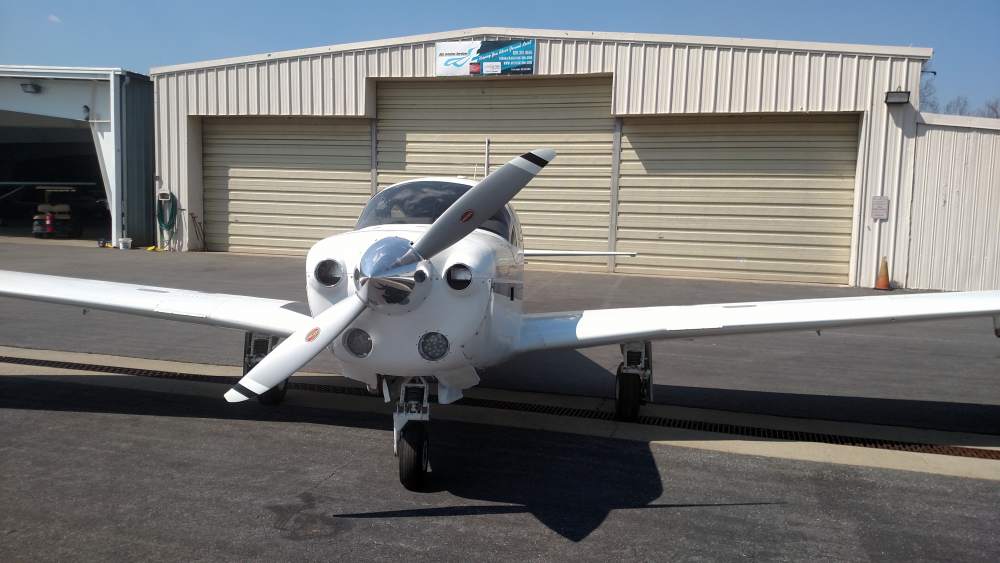
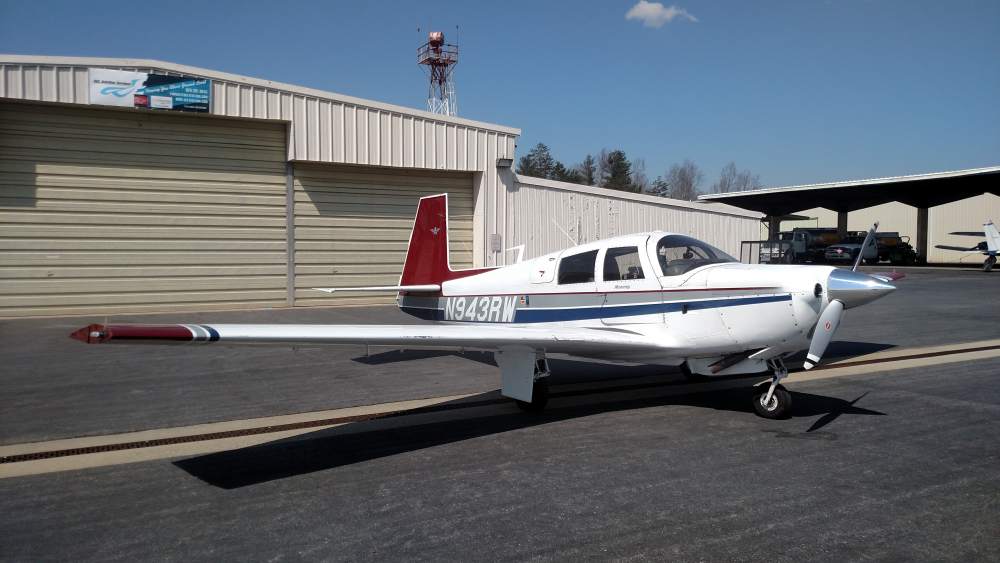
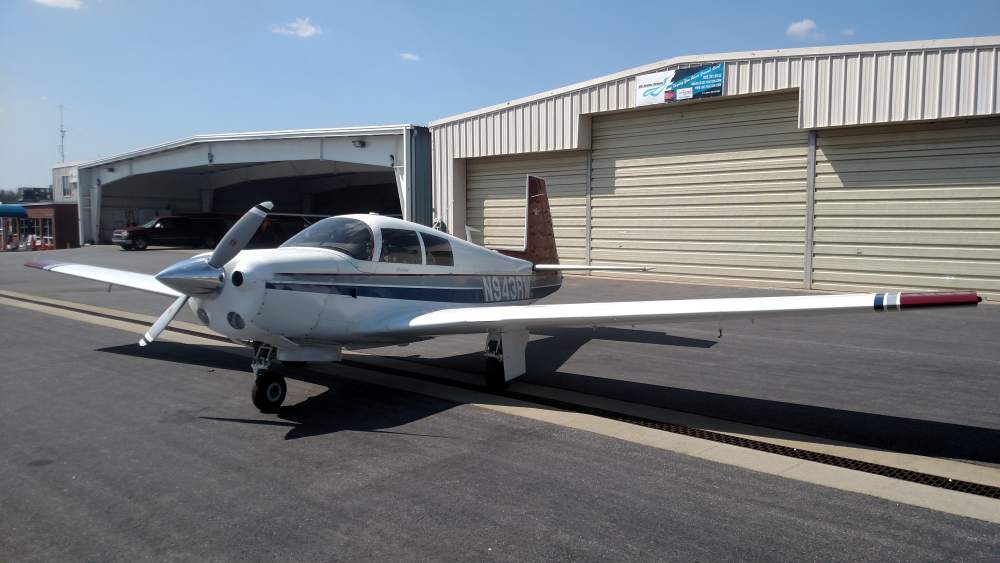
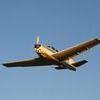

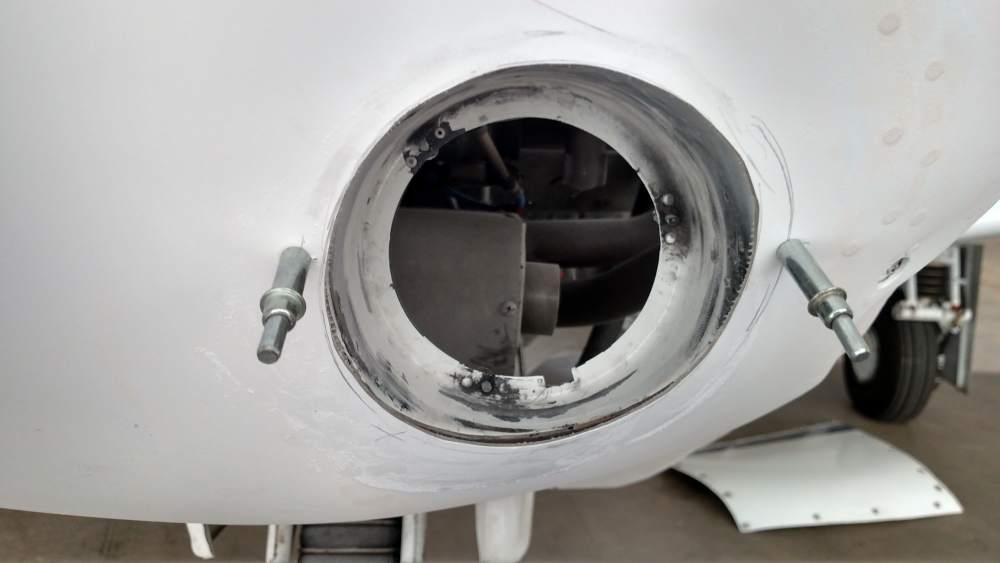
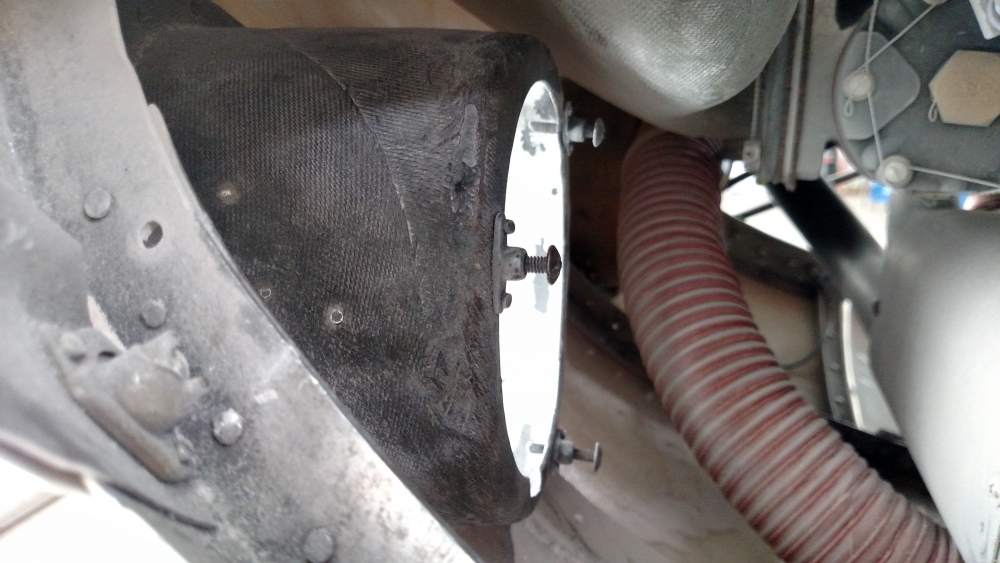
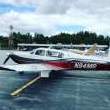
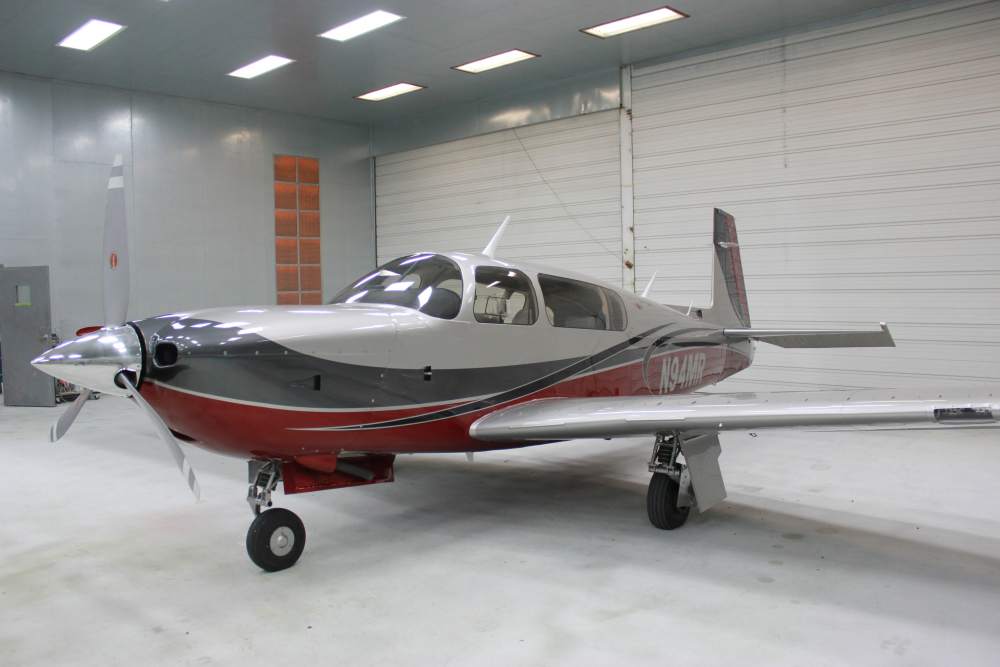

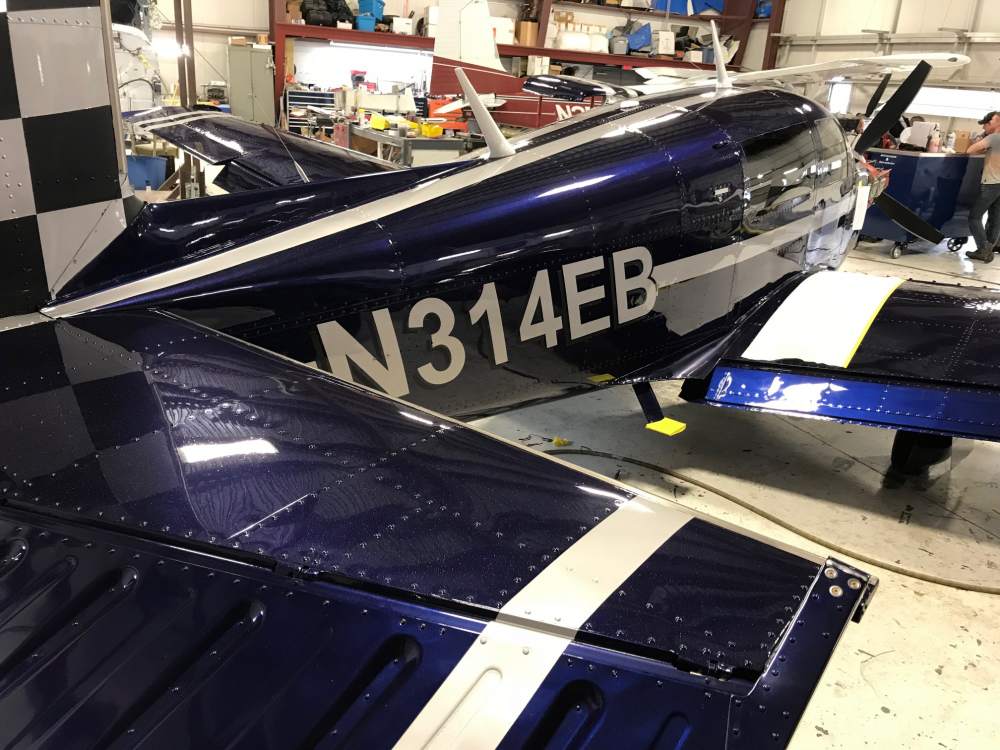

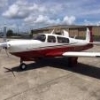

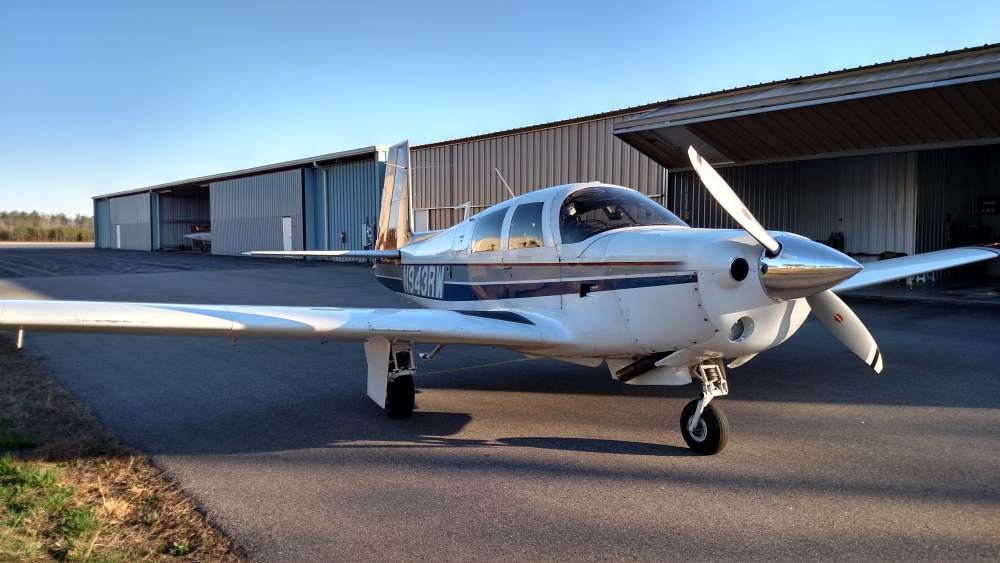
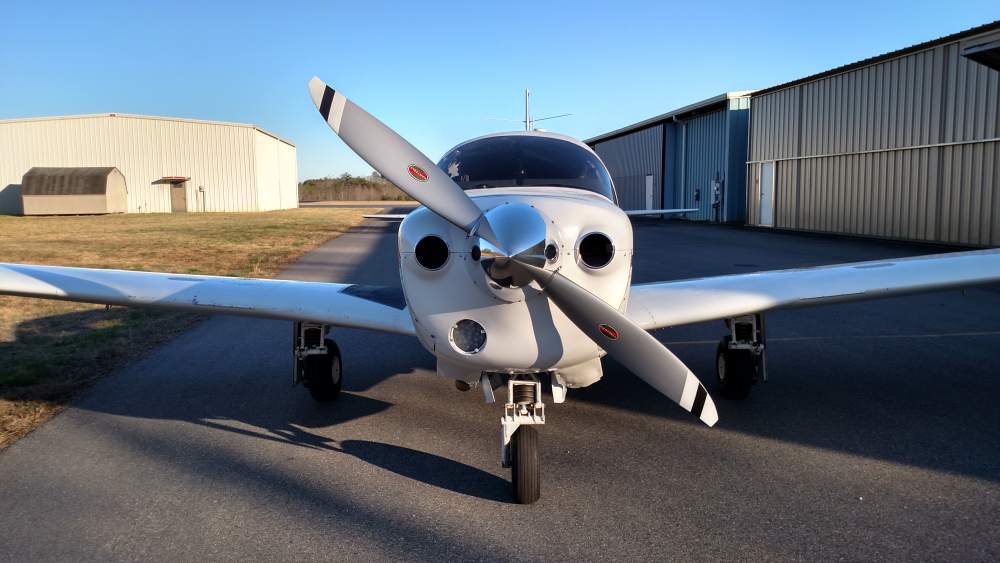
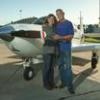



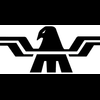

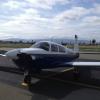


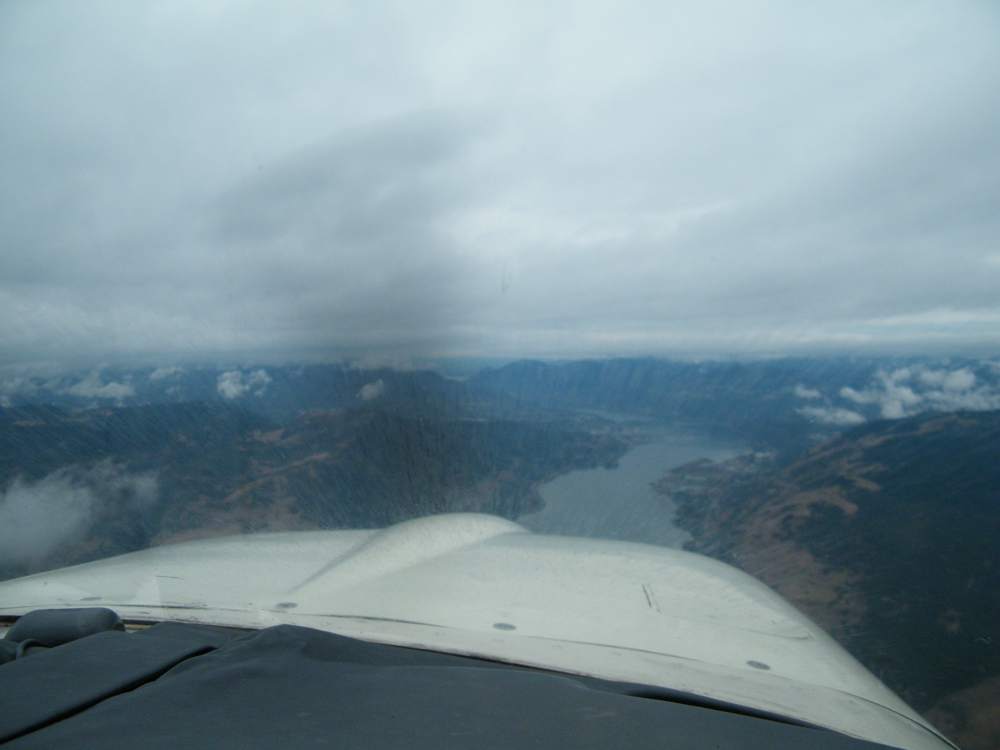

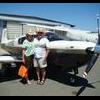





.thumb.png.7c67574d7b28f67b0b4a17760919b1ac.png)
